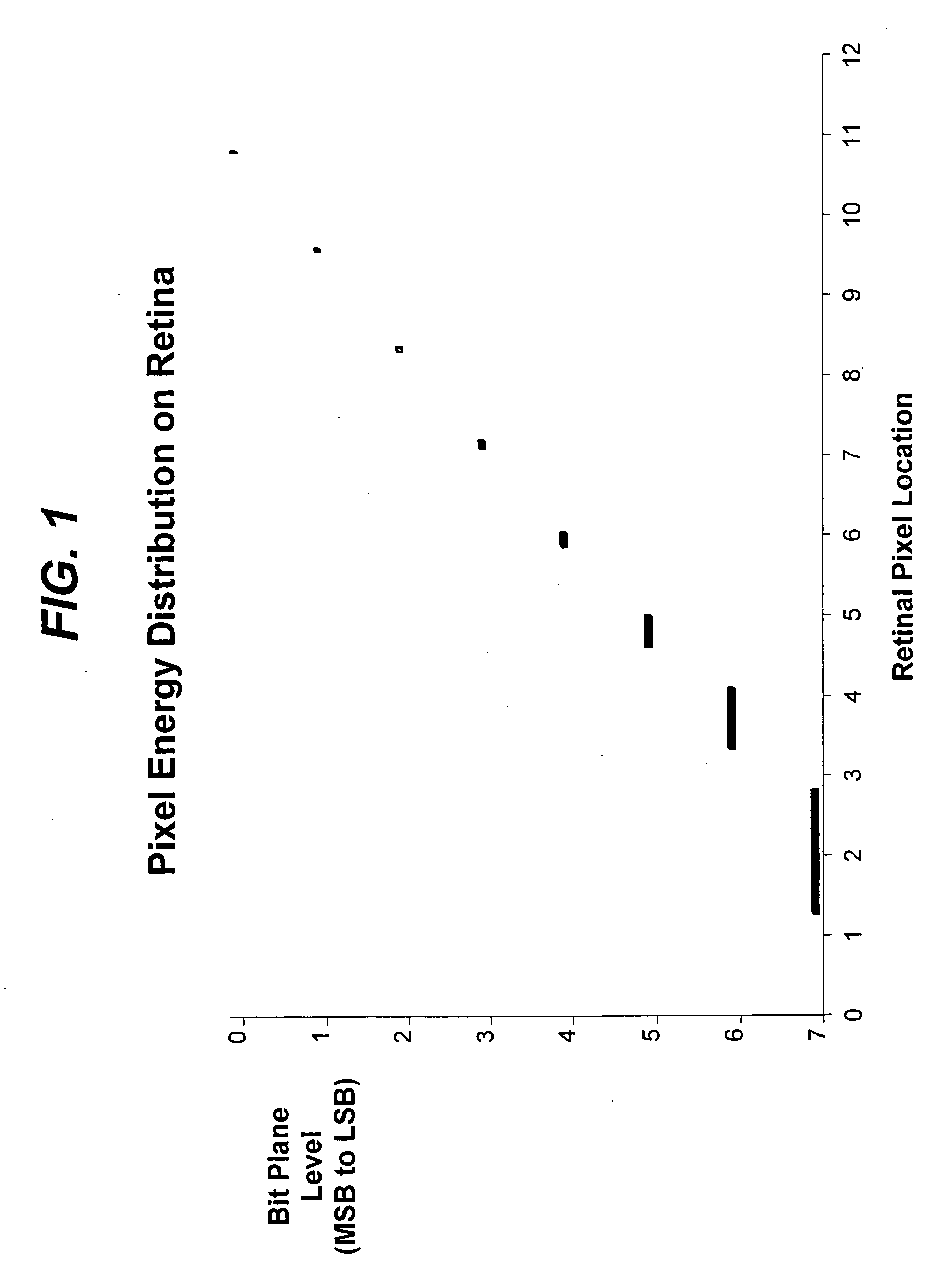Dynamic display optimization method and system with image motion
- Summary
- Abstract
- Description
- Claims
- Application Information
AI Technical Summary
Benefits of technology
Problems solved by technology
Method used
Image
Examples
Embodiment Construction
[0027] As best seen in FIG. 2, in a simulator system for an aircraft, the user is seated in a simulated cockpit structure 3 that includes dummy controls and gauges similar to those in the real aircraft. A simulator computer system 2 controls the operation of the simulator system to make the simulation as realistic as possible. The simulator system also includes a display system that gives the user a simulated real-time out-the-window (OTW) view that is created by the simulator computer system 2, which includes an image generation system in the form of hardware and software that renders imagery video fast enough to keep up with the real-time operation of the simulation. The display may be a projection system, such as the system shown in U.S. Pat. No. 6,552,699, or any of a variety of other projection or display systems. In the preferred embodiment, the display system is a head-mounted display system 5 supported on a helmet 7 on the head of the user. The head-mounted display system 5 ...
PUM
 Login to View More
Login to View More Abstract
Description
Claims
Application Information
 Login to View More
Login to View More - R&D
- Intellectual Property
- Life Sciences
- Materials
- Tech Scout
- Unparalleled Data Quality
- Higher Quality Content
- 60% Fewer Hallucinations
Browse by: Latest US Patents, China's latest patents, Technical Efficacy Thesaurus, Application Domain, Technology Topic, Popular Technical Reports.
© 2025 PatSnap. All rights reserved.Legal|Privacy policy|Modern Slavery Act Transparency Statement|Sitemap|About US| Contact US: help@patsnap.com



